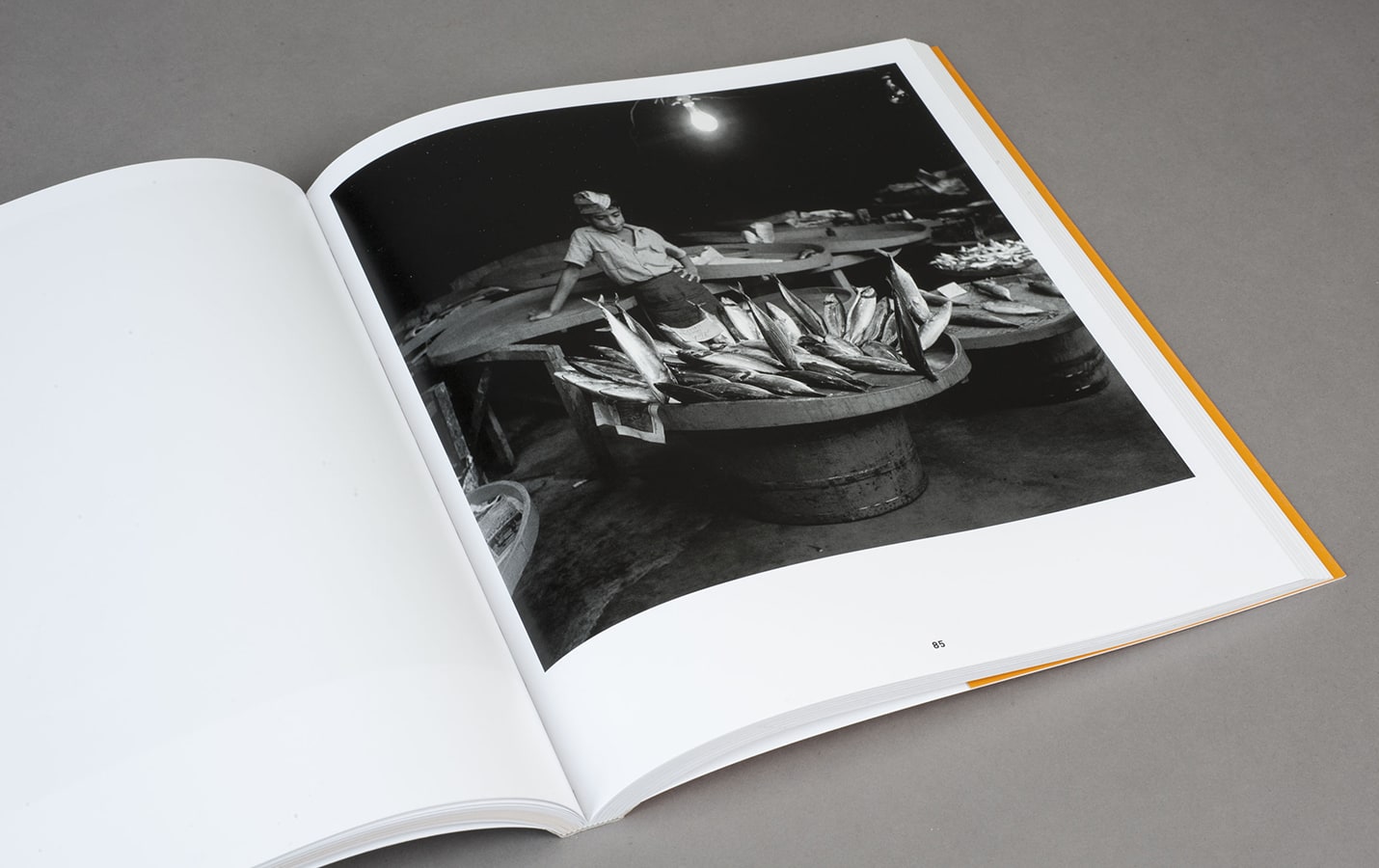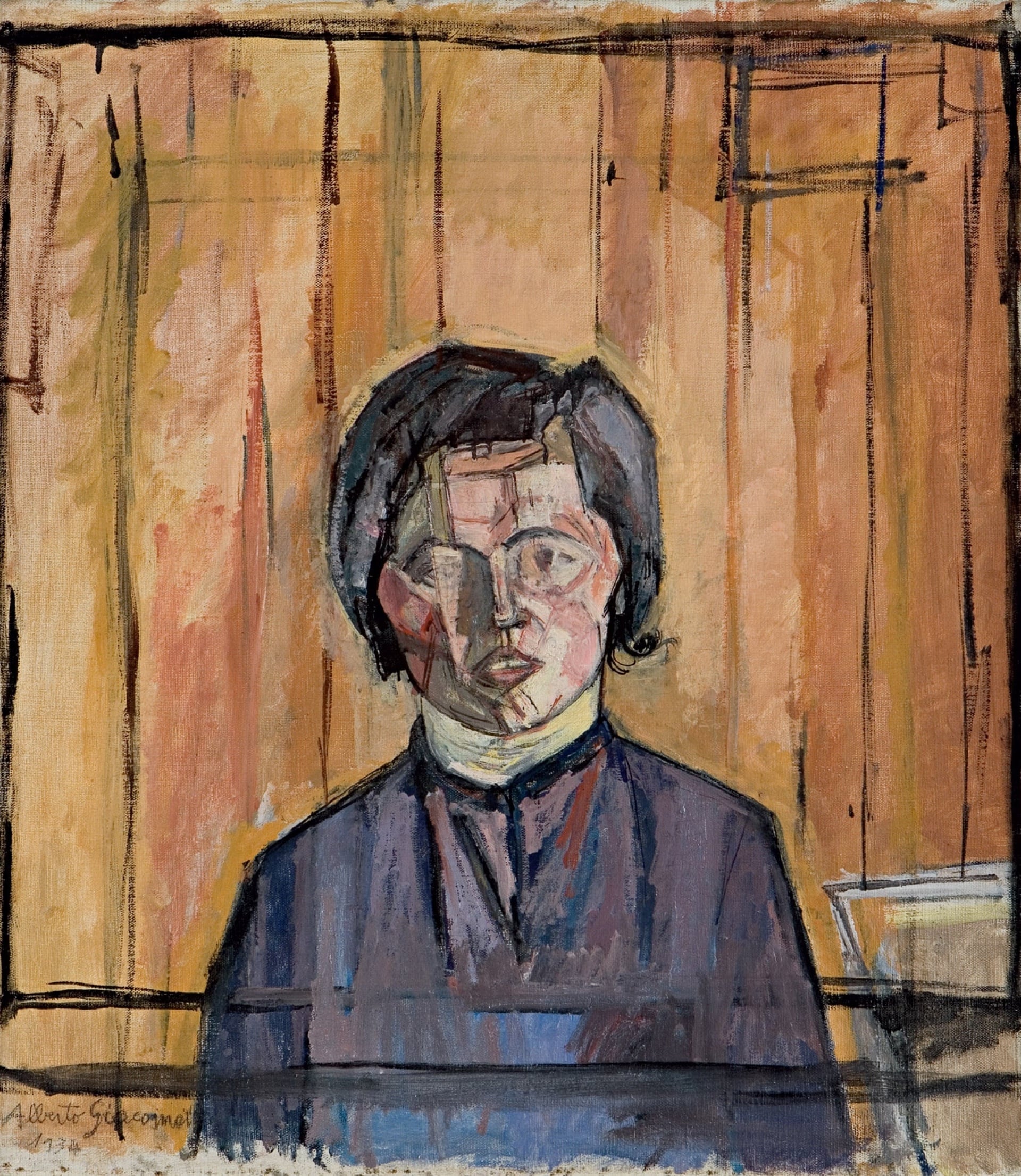November 27, 2013 - January 19, 2014
The first female photographer of Turkey to have received an academic training, Yıldız Moran (1932-1995) was presented to audiences through a comprehensive exhibition for the first time at Pera Museum.
Moran began her career in photography with great passion, only to give it up after marrying Özdemir Asaf, another great passion in her life. Nevertheless, during her brief career, Moran was able to produce significant and variegated work after studying with the famous photographer John Vickers in Britain. Her first solo exhibition in Cambridge was followed by those in Istanbul, Ankara, London, and Edinburgh.
Besides her technical prowess and her masterful use of light, Yıldız Moran was a photographer who put her soul, intellect, and heart - in other words her whole self - into her work, thereby lending depth to her images. This comprehensive exhibition, a “retrospective” in a sense, aims to present Moran’s inner voice through a new reading that focuses on the traces of her visibility within the history of Turkish and international photography.
With many photographs to be seen for the first time (along with a limited number of others Moran has become famous for), the exhibition offered an opportunity to meet a figure that had until now remained in the dark - the first “schooled” female photographer of Turkey.
Exhibition Catalogue

The first female photographer of Turkey to have received an academic training, Yıldız Moran's photographs (1932-1995) was presented in a comprehensive exhibition for the first time at Pera...
Video

The second part of exhibition illustrates Alberto Giacometti’s relations with Post-Cubist artists and the Surrealist movement between 1922 and 1935, one of the important sculptures series he created during his first years in Paris, and the critical role he played in the art scene of the period.
Tuesday - Saturday 10:00 - 19:00
Friday 10:00 - 22:00
Sunday 12:00 - 18:00
The museum is closed on Mondays.
On Wednesdays, the students can
visit the museum free of admission.
Full ticket: 300 TL
Discounted: 150 TL
Groups: 200 TL (minimum 10 people)